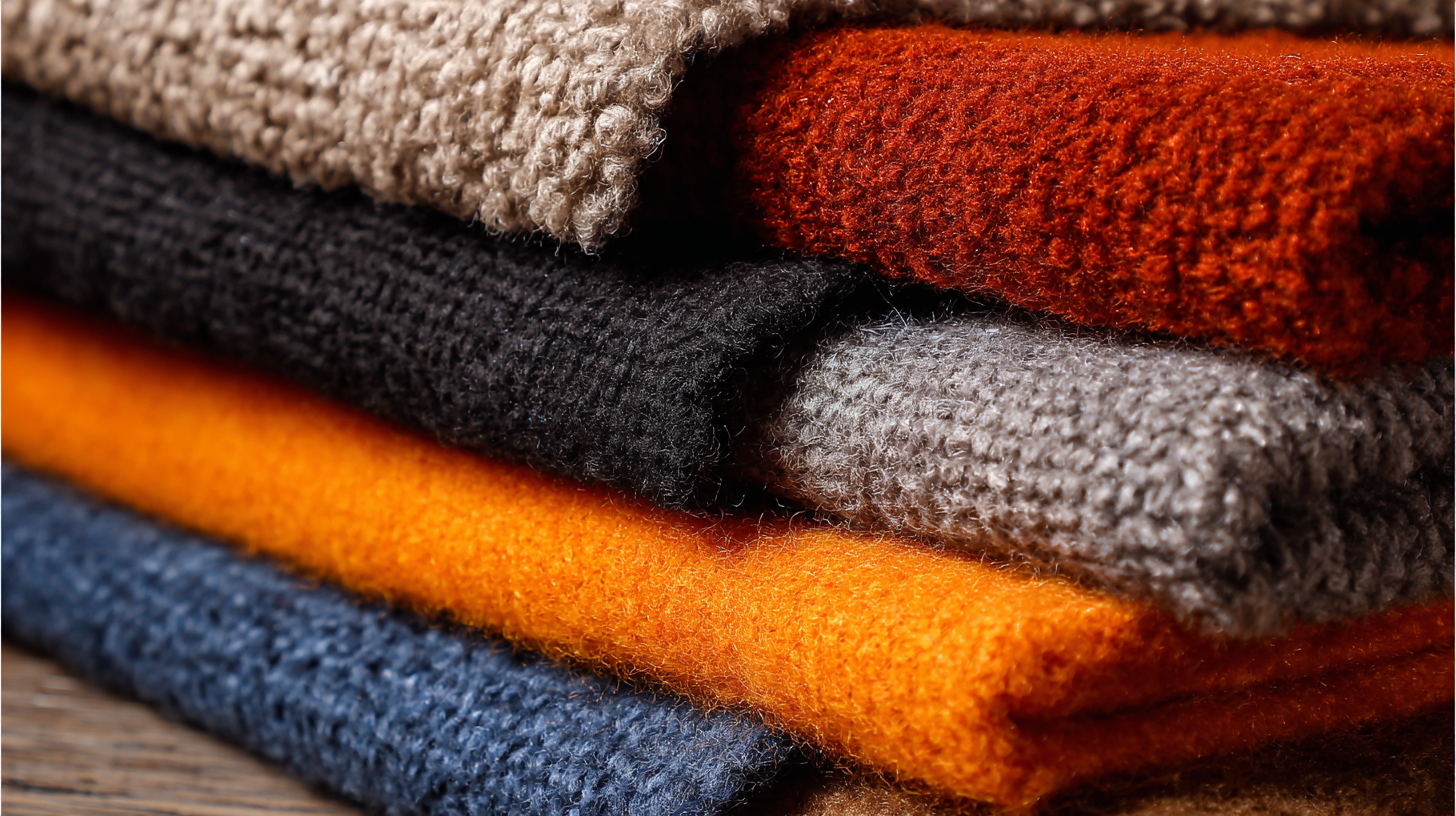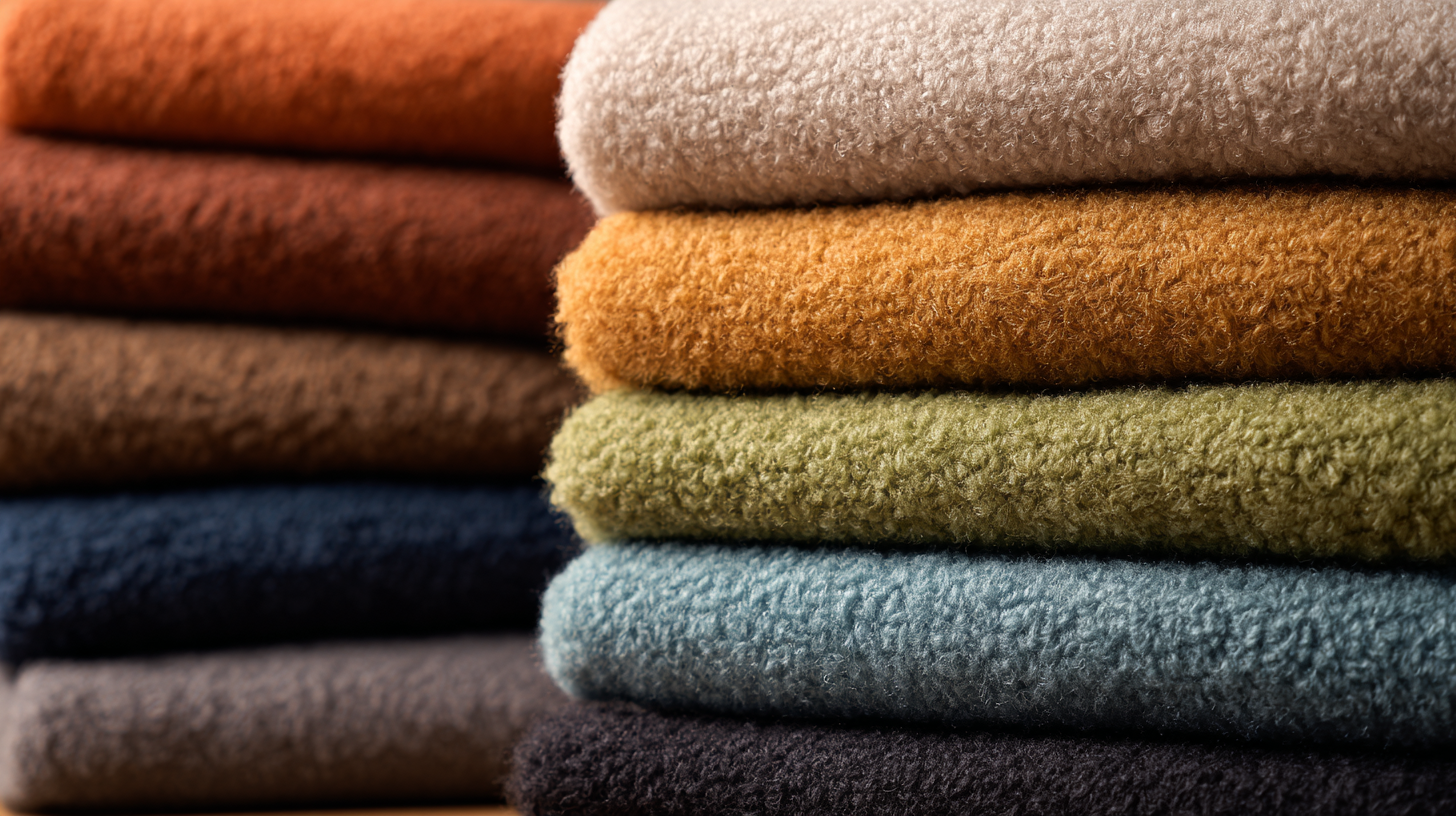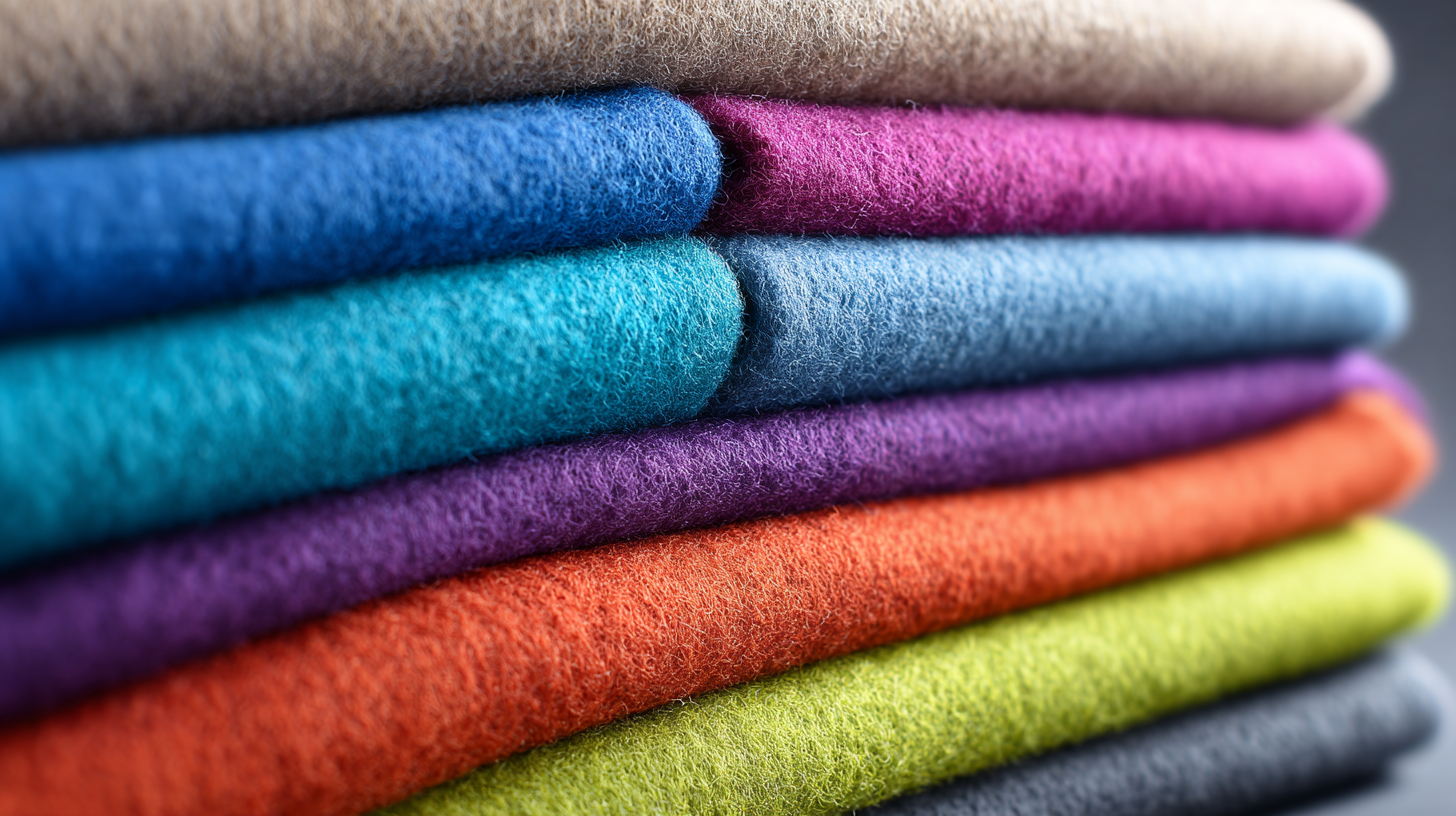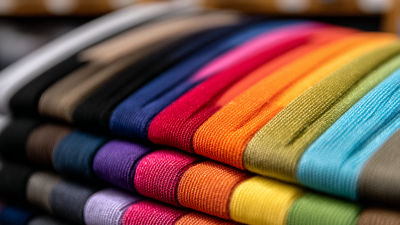When it comes to sustainable fashion and eco-friendly textiles, choosing the right material is crucial, and recycled fleece fabric stands out as a popular choice. This innovative fabric not only helps reduce waste by repurposing old materials, but it also offers exceptional warmth and comfort, making it ideal for a variety of applications. However, navigating the options available can be daunting. With numerous types, qualities, and suppliers in the market, it's essential to understand what to look for to ensure you select the best recycled fleece fabric for your needs.

In this guide, we will delve into five essential tips that will help you make an informed decision, ultimately contributing to a more sustainable wardrobe while still enjoying the practical benefits of this versatile material. Whether you're designing a cozy winter garment or seeking durable outdoor wear, understanding how to choose the right recycled fleece fabric is vital for any environmentally conscious consumer.
When it comes to selecting the best recycled fleece fabric, it's crucial to understand the different types available on the market. Recycled fleece is primarily made from post-consumer plastic bottles, but the manufacturing process can vary greatly. Some fabrics are created through mechanical recycling, where plastic is shredded, melted, and spun into fibers. This method retains the integrity of the original material, resulting in soft and durable fleece but may vary in quality depending on the source of the recycled materials.
On the other hand, chemical recycling involves breaking down plastics to their base polymers, which can then be remade into high-quality fleece fabrics. This process often yields more consistent results in terms of texture and durability, making it a preferred choice for many manufacturers. Other factors to consider include the weight of the fleece, which affects warmth and breathability, and the fabric's treatment for moisture-wicking or weather resistance. Understanding these distinctions will empower consumers to make informed choices that align with their sustainability goals and specific needs.
This chart illustrates the different types of recycled fleece fabrics and their respective weights, which are important factors to consider when choosing the best material for your needs.
When selecting recycled fleece fabric, evaluating fabric quality and sustainability certifications is paramount. First, you should closely examine the fabric’s texture and durability. High-quality fleece should feel soft and have a uniform texture, indicating even material distribution. Additionally, check for pilling resistance; a good fleece will retain its look and feel over time, supporting its longevity. Look for reviews or samples from suppliers to get a firsthand experience of the fabric’s performance.
Sustainability certifications play a crucial role in ensuring that the fleece fabric you choose aligns with eco-friendly standards. Look for labels such as Global Recycle Standard (GRS) or OEKO-TEX certification, which guarantee that the material is made from recycled sources and free of harmful substances. These certifications not only reflect the environmental impact of the production process but also ensure that ethical labor practices have been followed. By prioritizing both quality and sustainable certifications, you can make a responsible choice that benefits the planet while enjoying the comfort of recycled fleece.

When selecting recycled fleece materials, it's essential to consider their ideal uses based on performance characteristics and sustainability. Recycled fleece is an excellent choice for outdoor gear due to its warmth, moisture-wicking properties, and lightweight nature. This makes it suitable for various applications, such as jackets, gloves, and mid-layers. Its insulation capacity ensures comfort during colder months, providing a practical solution for those who enjoy winter activities or simply need reliable everyday wear.

Moreover, recycled fleece can be incorporated into versatile items beyond traditional clothing. For instance, it can be used in outdoor gear like hiking skirts and dresses, enhancing both functionality and comfort during adventures. The eco-friendly aspect also appeals to environmentally conscious consumers, as using recycled materials helps reduce waste in the textile industry. In crafts and DIY projects, recycled fleece can be transformed into blankets, accessories, or home decor, showcasing its adaptability while promoting sustainability.
When comparing cost and performance of various recycled fleece brands, understanding the intricacies of materials and manufacturing is crucial for making an informed choice. The rise of eco-conscious consumers has led to a significant market for recycled fleece fabrics, which can vary widely in both price and quality. Recent analyses suggest that while some brands may have higher initial costs, their durability and overall performance can justify the investment. For instance, many performance-focused jackets made from recycled fleece offer advanced insulation and moisture-wicking properties, which are essential for outdoor activities.
A report from the Textile Sustainability Coalition indicates that recycled fleece can perform similarly to virgin fleece in terms of warmth and breathability, with the added benefit of reduced environmental impact. In 2025, the best fleece jackets showcased significant advancements in technology, demonstrating that brands committed to sustainable practices are not only prioritizing ethics but also delivering high-quality products that meet rigorous industry standards. Additional tests have confirmed that these fleeces provide comparable thermal efficiency and comfort, making them a smart choice for the environmentally conscious consumer seeking both performance and sustainability.
When it comes to caring for your recycled fleece products, proper maintenance is essential to ensure their longevity and preserve their ecological benefits. Start by following the care instructions provided by the manufacturer. Most recycled fleece items can be machine washed in cold water, which helps to reduce energy consumption while keeping the fabric in good shape. It’s best to use a gentle detergent that is free of harsh chemicals, preserving the quality of the fibers and minimizing environmental impact.
Drying recycled fleece is another critical aspect. To avoid damaging the fabric, opt for air drying whenever possible. If you must use a dryer, choose a low heat setting to prevent shrinkage and maintain softness. Additionally, regularly check for pilling and gently remove any bobbles with a fabric shaver; this keeps your fleece looking fresh and maintaining its insulating properties. By implementing these simple care tips, you can enjoy your recycled fleece products while contributing to a more sustainable future.






